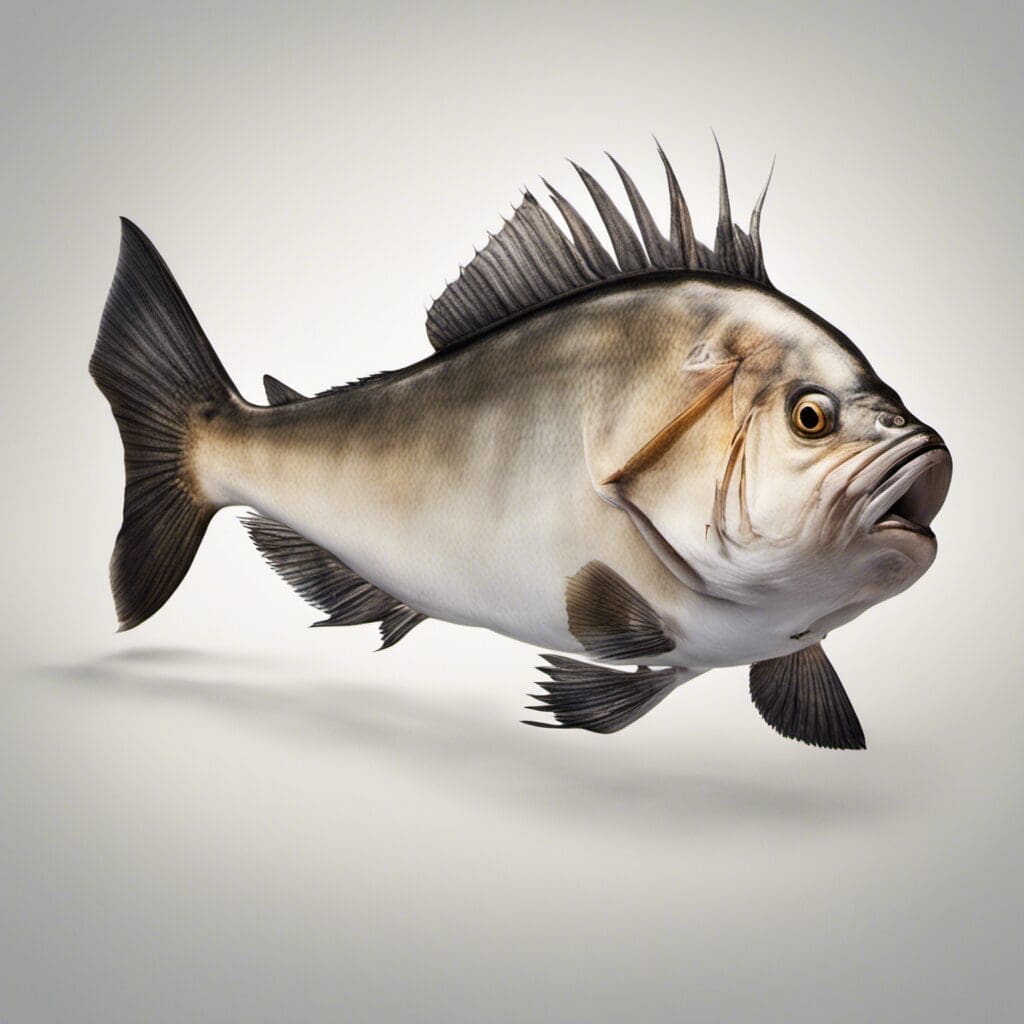Introduction
The Atlantic Butterfish, known scientifically as Peprilus triacanthus, is a species that belongs to the Stromateidae family. This interesting species is a small, silvery, streamlined fish with a unique disc-like shape.
Conservation Status
The Atlantic Butterfish is currently not listed as a threatened or endangered species by the International Union for Conservation of Nature (IUCN). However, efforts to manage fishing of this species are being enforced to maintain healthy population levels.
Statistics
| Statistic | Average | Range |
|---|---|---|
| Length | 20 cm | 12 - 30 cm |
| Weight | 0.2 kg | 0.1 – 0.3 kg |
| Average Lifespan | 5-9 years | N/A |
Distribution
The Atlantic Butterfish can be found in the Western Atlantic from Nova Scotia and Maine to Florida in the United States. Known for their migratory nature, they spawn offshore in the mid-Atlantic region during summer and fall, and migrate inshore and north during spring and summer.
Habitats
They prefer deeper offshore waters with a temperature range of 7-24 °C and a depth range of 50-200 meters.
When and Where to See
The best time to see the Atlantic Butterfish is during the summer months when they move inshore. They are usually found near the water surface during the night.
Best Fishing Locations and Tips
- Martha’s Vineyard, Massachusetts
- Chesapeake Bay, Maryland/Virginia
- Maine Coast, Maine
- Long Island, New York
- Narragansett Bay, Rhode Island
- Cape Cod, Massachusetts
Fishing for Atlantic Butterfish usually involves a combination of bottom fishing and trolling with small strips of bait like squid or lures that mimic their prey.
Identification Guide
They have a roundish, thin body, with a silvery coloration. The distinguishing characteristic is a heart-shaped indentation found on their tail.
Culinary
Atlantic Butterfish have a rich, buttery taste, making them a popular choice for grilling or pan-frying. They are also excellent sources of Omega-3 fatty acids and low in mercury.
Additional Information
The butterfish feeds mainly on zooplankton, small crustaceans, and fish larvae. Their primary predators are larger fish species such as tunas, sharks, and swordfish.
References and Further Reading
- NOAA Fisheries: Atlantic Butterfish
- Fishbase: Peprilus triacanthus
- ITIS Report: Peprilus triacanthus

